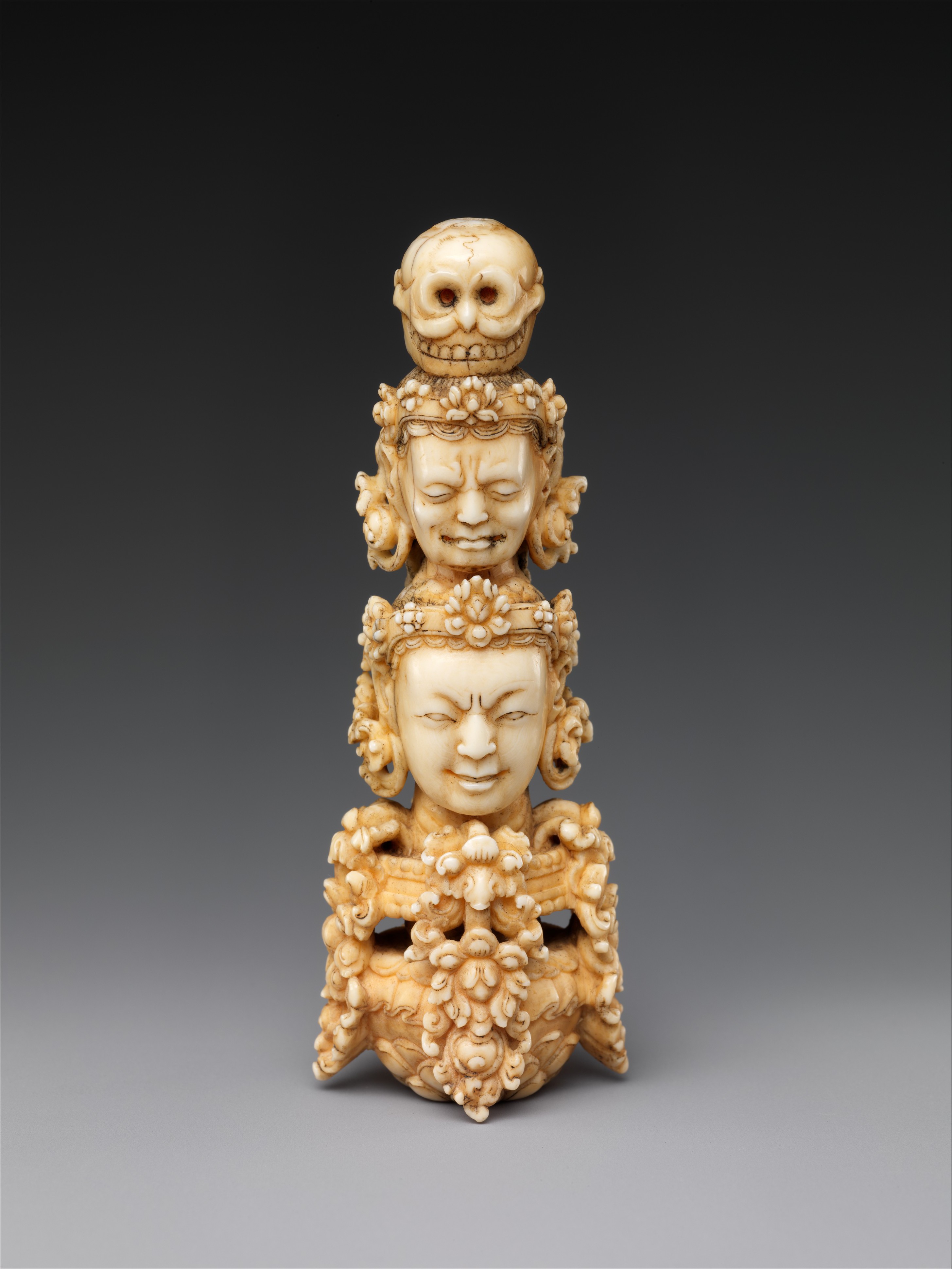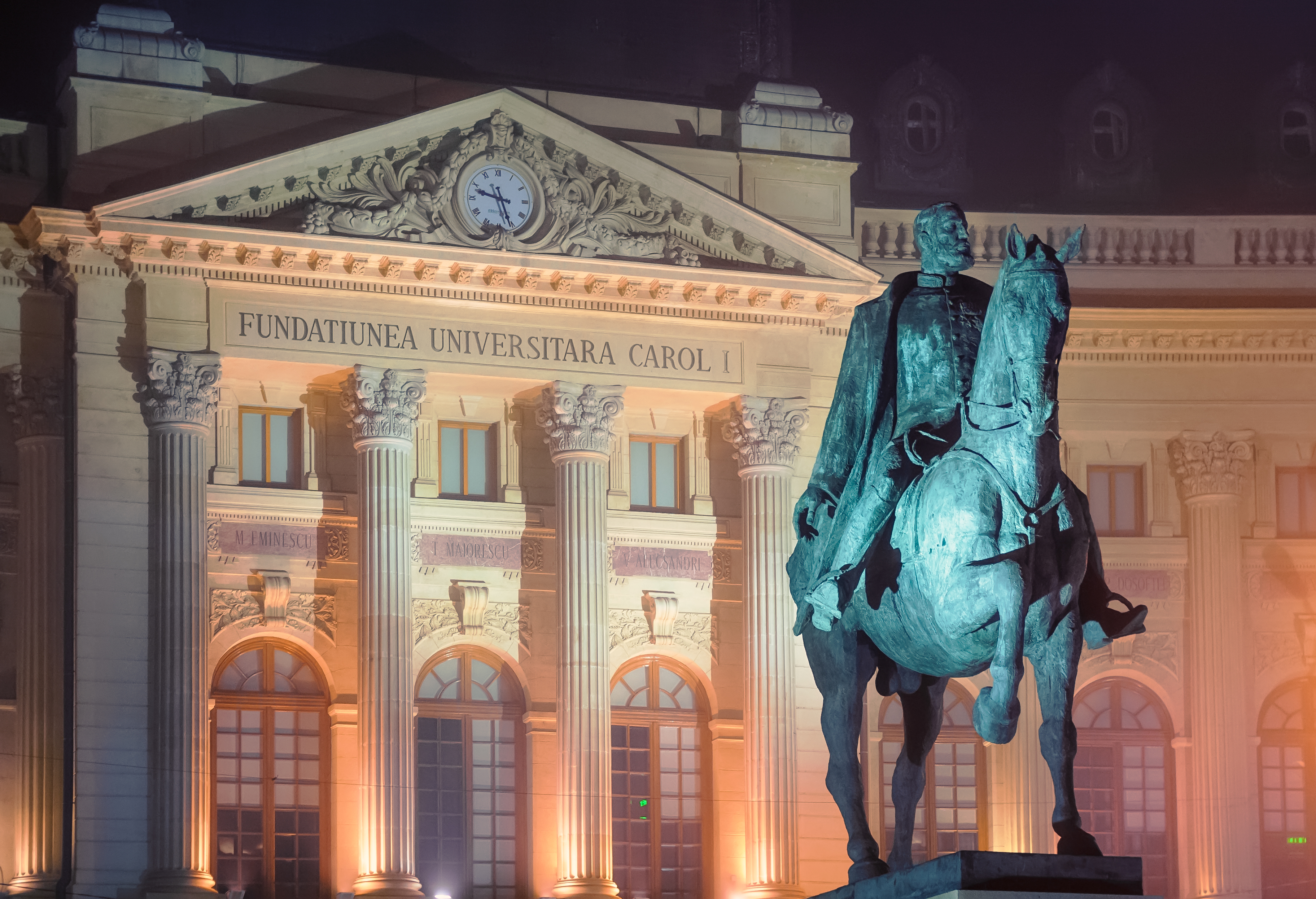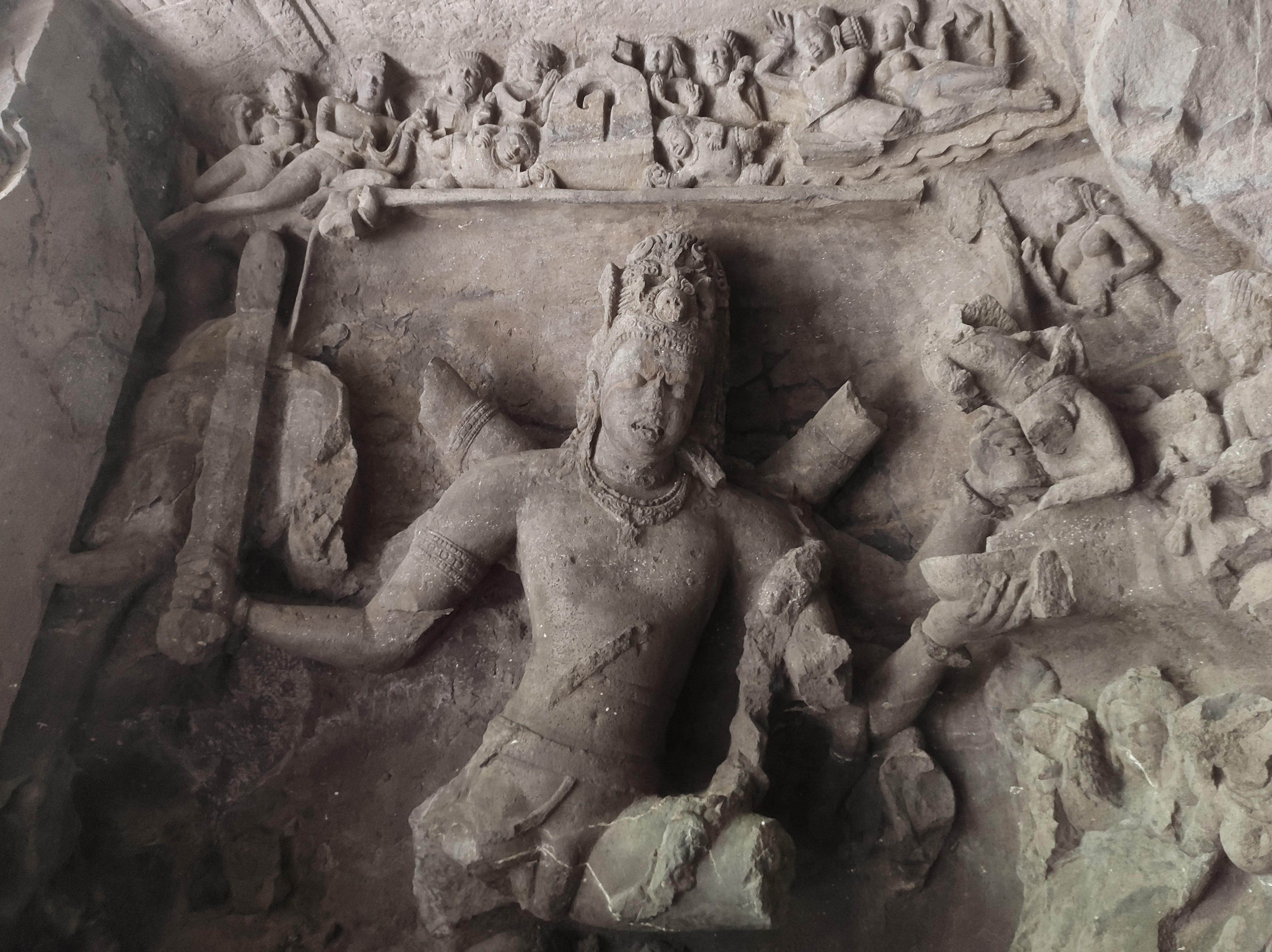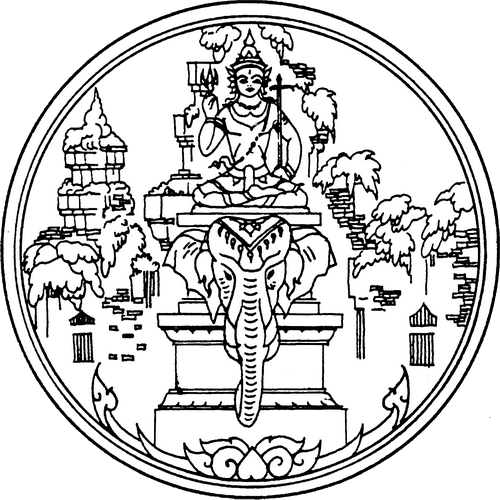|
Kapalika
The Kāpālika (Sanskrit : कापालिक) tradition was a Tantric, non- Puranic form of Shaivism which originated in Medieval India between the 4th and 8th century CE. The word is derived from the Sanskrit term '' kapāla'', meaning "skull", and ''kāpālika'' can be translated as the "skull-men" or "skull-bearers". History The Kāpālikas were an extinct sect of Shaivite ascetics devoted to the Hindu god Shiva dating back to the 4th century CE, which traditionally carried a skull-topped trident ('' khaṭvāṅga'') and an empty human skull as a begging bowl. Other attributes associated with Kāpālikas were that they revered the fierce Bhairava form of Shiva by emulating his behavior and characteristics, smeared their body with ashes from the cremation grounds, wore their hair long and matted, and engaged in transgressive rituals such as sexual intercourse with lower-class women, human sacrifices, consumption of meat and alcoholic beverages, and offerings ... [...More Info...] [...Related Items...] OR: [Wikipedia] [Google] [Baidu] |
Tantra
Tantra (; ) is an esoteric yogic tradition that developed on the India, Indian subcontinent beginning in the middle of the 1st millennium CE, first within Shaivism and later in Buddhism. The term ''tantra'', in the Greater India, Indian traditions, also means any systematic broadly applicable "text, theory, system, method, instrument, technique or practice". A key feature of these traditions is the use of mantras, and thus they are commonly referred to as Mantramārga ("Path of Mantra") in Hinduism or Mantrayāna ("Mantra Vehicle") and Guhyamantra ("Secret Mantra") in Buddhism. In Buddhism, the Vajrayana traditions are known for tantric ideas and practices, which are based on Indian Tantras (Buddhism), Buddhist Tantras. They include Tibetan Buddhism, Indo-Tibetan Buddhism, Chinese Esoteric Buddhism, Japanese Shingon Buddhism and Nepalese Newar Buddhism. Although Southern Esoteric Buddhism does not directly reference the tantras, its practices and ideas parallel them. In Bud ... [...More Info...] [...Related Items...] OR: [Wikipedia] [Google] [Baidu] |
Matted Hair
Dreadlocks, also known as dreads or locs, are a hairstyle made of rope-like strands of matted hair. Dreadlocks can form naturally in very curly hair, or they can be created with techniques like twisting, backcombing, or crochet. Etymology The word ''dreadlocks'' is usually understood to come from Jamaican Creole ''dread'', "member of the Rastafarian movement who wears his hair in dreadlocks" (compare Nazirite), referring to their dread or awe of God. An older name for dreadlocks was '' elflocks'', from the notion that elves had matted the locks in people's sleep. Other origins have been proposed. Some authors trace the term to the Mau Mau, a group of whom apparently coined it from British colonialists in 1959 as a reference to their dreadful hair. In their 2014 book ''Hair Story: Untangling the Roots of Black Hair in America'', Ayana Byrd and Lori Tharps claimed that the name ''dredlocs'' originated in the time of the slave trade: when transported Africans disembarked fro ... [...More Info...] [...Related Items...] OR: [Wikipedia] [Google] [Baidu] |
Shaivism
Shaivism (, , ) is one of the major Hindu denominations, Hindu traditions, which worships Shiva as the Para Brahman, supreme being. It is the Hinduism#Demographics, second-largest Hindu sect after Vaishnavism, constituting about 385 million Hindus, found widely across South Asia (predominantly in South India, Southern India), Sri Lanka, and Nepal.Keay, p.xxvii. The followers of Shaivism are called Shaivas or Shaivites. According to Chakravarti, Shaivism developed as an amalgam of pre-Aryan religions and traditions, Vedic Rudra, and post-Vedic traditions, accommodating local traditions and Yoga, puja and bhakti. According to Bisschop, early shaivism is rooted in the worship of vedic deity Rudra. The earliest evidence for sectarian Rudra-Shiva worship appears with the Pasupata (early CE), possibly owing to the Origins of Hinduism, Hindu synthesis, when many local traditions were aligned with the Brahmanism, Vedic-Brahmanical fold. The Pāśupata movement rapidly expanded through ... [...More Info...] [...Related Items...] OR: [Wikipedia] [Google] [Baidu] |
Kapala
A kapala (Sanskrit for "skull") is a skull cup used as a ritual implement (bowl) in both Buddhism Tantra and Tibetan Buddhist Tantra (Vajrayana). Especially in Tibetan Buddhism, kapalas are often carved or elaborately mounted with precious metals and jewels. Etymology 'Kapala' () is a loan word into Tibetan from Sanskrit ''kapāla'' (Devanagari: कपाल) referring to the skull or forehead, usually of a human. By association, it refers to the ritual skullcup fashioned out of a human cranium. The Sanskrit word, in turn, was derived from Proto Indo-Aryan *kapā́las, and descended from Proto-Indo-European *káp-ōl- (cup, bowl), from *kap- (to seize, to hold). In Hinduism Kapalas are used mainly for esoteric purposes such as rituals. Among the rituals using kapalas are higher tantric meditation to achieve a transcendental state of mind within the shortest possible time; libation to gods and deities to win their favor. Hindu deities Hindu deities that may be depicted w ... [...More Info...] [...Related Items...] OR: [Wikipedia] [Google] [Baidu] |
Khaṭvāṅga
A khaṭvāṅga () is a long, studded staff or club with a skull at the top. The weapon is found in the iconography of Tantra, Tantric Hinduism, Hindu as well as Tibetan Buddhism, Tibetian Vajrayana Buddhism. It is variiously described as "a skull - topped club, a skull - mounted trident, or a trident - staff on which three skulls are impaled". Fabrication Originally, the khatvāṅga was made of bones, especially, the long bones of forearm or the leg of human beings or animals. Later, wood and metal were used. The khatvāṅga is a long club with skulls engraved on the body. Hinduism The Hindu deity Shiva is sometimes depicted carrying the khatvanga, thus referred by the epithet ''khatvāṅgī''. The weapon is referred in Bhavabhuti, Bhavabhuti's ''Mālatīmādhava'' and Shiva Stuti, Śiva Stutī of Narayana Panditacharya. Vajrayana Buddhism In the Vajrayana of Tibetan Buddhism, the symbol of the skull-topped trident (''khaṭvānga'') is said to be inspired by its as ... [...More Info...] [...Related Items...] OR: [Wikipedia] [Google] [Baidu] |
Cremation Ground
A shmashana outside an Indian village A shmashana () is a Hindu crematory ground, where dead bodies are brought to be burnt on a pyre. It is usually located near a river or body of water on the outskirts of a village or town; as they are usually located near river ghats, they are also regionally called ''smashan ghat''s. Etymology The word has its origin from Sanskrit language: ''shma'' refers to ''shava'' ("corpse"), while ''shana'' refers to ''shanya'' ("bed"). The other Indian religions like Sikhism, Jainism and Buddhism also use ''shmashana'' for the last rites of the dead. Hinduism As per Hindu rites of Nepal and India, the dead body is brought to shmashana for the ritual of ''antyesti'' (last rites). At the cremation ground, the chief mourner has to obtain the sacred fire from one who resides by the shmashana and light funeral pyres (''chita'') for a fee. Various Hindu scriptures also give details of how to select the site of shmashana: it should be on the northern si ... [...More Info...] [...Related Items...] OR: [Wikipedia] [Google] [Baidu] |
Shiva
Shiva (; , ), also known as Mahadeva (; , , Help:IPA/Sanskrit, [mɐɦaːd̪eːʋɐh]) and Hara, is one of the Hindu deities, principal deities of Hinduism. He is the God in Hinduism, Supreme Being in Shaivism, one of the major traditions within Hinduism. Shiva is known as ''The Destroyer'' within the Trimurti, the Hinduism, Hindu trinity which also includes Brahma and Vishnu. In the Shaivite tradition, Shiva is the Supreme Lord who creates, protects and transforms the universe. In the goddess-oriented Shaktism, Shakta tradition, the Supreme Goddess (Devi) is regarded as the energy and creative power (Shakti) and the equal complementary partner of Shiva. Shiva is one of the five equivalent deities in Panchayatana puja of the Smarta Tradition, Smarta tradition of Hinduism. Shiva has many aspects, benevolent as well as fearsome. In benevolent aspects, he is depicted as an Omniscience, omniscient yogi who lives an Asceticism#Hinduism, ascetic life on Kailasa as well as a house ... [...More Info...] [...Related Items...] OR: [Wikipedia] [Google] [Baidu] |
Sanskrit
Sanskrit (; stem form ; nominal singular , ,) is a classical language belonging to the Indo-Aryan languages, Indo-Aryan branch of the Indo-European languages. It arose in northwest South Asia after its predecessor languages had Trans-cultural diffusion, diffused there from the northwest in the late Bronze Age#South Asia, Bronze Age. Sanskrit is the sacred language of Hinduism, the language of classical Hindu philosophy, and of historical texts of Buddhism and Jainism. It was a lingua franca, link language in ancient and medieval South Asia, and upon transmission of Hindu and Buddhist culture to Southeast Asia, East Asia and Central Asia in the early medieval era, it became a language of religion and high culture, and of the political elites in some of these regions. As a result, Sanskrit had a lasting effect on the languages of South Asia, Southeast Asia and East Asia, especially in their formal and learned vocabularies. Sanskrit generally connotes several Indo-Aryan languages# ... [...More Info...] [...Related Items...] OR: [Wikipedia] [Google] [Baidu] |
University Of Bucharest
The University of Bucharest (UB) () is a public university, public research university in Bucharest, Romania. It was founded in its current form on by a decree of Prince Alexandru Ioan Cuza to convert the former Princely Academy of Bucharest, Princely Academy into the current University of Bucharest, making it one of the oldest Romanian universities. It is one of the five members of the ''Universitaria Consortium'' (a group of elite Romanian universities). The University of Bucharest offers study programmes in Romanian and English and is classified as an ''advanced research and education university'' by the Ministry of Education and Scientific Research (Romania), Ministry of Education. History The University of Bucharest was founded by the Decree no. 765 of 4 July 1864 by Alexandru Ioan Cuza and is a leading academic centre and a significant point of reference in society. The University of Bucharest is rich in history and has been actively contributing to the development a ... [...More Info...] [...Related Items...] OR: [Wikipedia] [Google] [Baidu] |
Bhairava
Bhairava (, ), or Kāla Bhairava, is a Shaivite and Vajrayāna deity worshipped by Hindus and Buddhists. In Shaivism, he is a powerful manifestation, or avatar, of Shiva.Kramrisch, Stella (1994). ''The Presence of Śiva''. Princeton, NJ: Princeton University Press. p. 471. In the tradition of Kashmir Shaivism, Bhairava represents the Supreme Reality, synonymous to Para Brahman. Generally in Hinduism, Bhairava is also called Dandapāni (" e who holds thedanda in ishand"), as he holds a rod or ''danda'' to punish sinners, and Svaśva, meaning, "he whose vehicle is a dog". In Vajrayana Buddhism, he is considered a fierce emanation of boddhisatva Mañjuśrī, and also called Heruka, Vajrabhairava, Mahākāla and Yamantaka. Bhairava is worshipped throughout India, Nepal, Indonesia, Sri Lanka, and Japan, as well as in Tibetan Buddhism. Etymology Bhairava originates from the word ''bhīru'', which means "fearsome". Bhairava means "terribly fearsome form". It is also kn ... [...More Info...] [...Related Items...] OR: [Wikipedia] [Google] [Baidu] |
Human Skull
The skull, or cranium, is typically a bony enclosure around the brain of a vertebrate. In some fish, and amphibians, the skull is of cartilage. The skull is at the head end of the vertebrate. In the human, the skull comprises two prominent parts: the neurocranium and the facial skeleton, which evolved from the first pharyngeal arch. The skull forms the frontmost portion of the axial skeleton and is a product of cephalization and vesicular enlargement of the brain, with several special senses structures such as the eyes, ears, nose, tongue and, in fish, specialized tactile organs such as barbels near the mouth. The skull is composed of three types of bone: cranial bones, facial bones and ossicles, which is made up of a number of fused flat and irregular bones. The cranial bones are joined at firm fibrous junctions called sutures and contains many foramina, fossae, processes, and sinuses. In zoology, the openings in the skull are called fenestrae, the ... [...More Info...] [...Related Items...] OR: [Wikipedia] [Google] [Baidu] |
Hindu God
Hindu deities are the gods and goddesses in Hinduism. Deities in Hinduism are as diverse as its traditions, and a Hindu can choose to be polytheistic, pantheistic, monotheistic, monistic, even agnostic, atheistic, or humanist. Julius J. Lipner (2009), Hindus: Their Religious Beliefs and Practices, 2nd edition, Routledge, , p. 8; Quote: "(...) one need not be religious in the minimal sense described to be accepted as a Hindu by Hindus, or describe oneself perfectly validly as Hindu. One may be polytheistic or monotheistic, monistic or pantheistic, even an agnostic, humanist or atheist, and still be considered a Hindu." The terms and epithets for deities within the diverse traditions of Hinduism vary, and include Deva, Devi, Ishvara, Ishvari, Bhagavān and Bhagavati. The deities of Hinduism have evolved from the Vedic era (2nd millennium BCE) through the medieval era (1st millennium CE), regionally within Nepal, Pakistan, India and in Southeast Asia, and across Hinduism ... [...More Info...] [...Related Items...] OR: [Wikipedia] [Google] [Baidu] |










